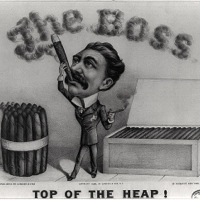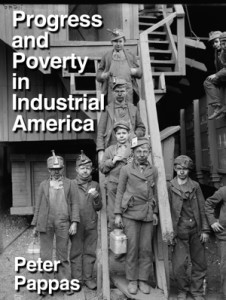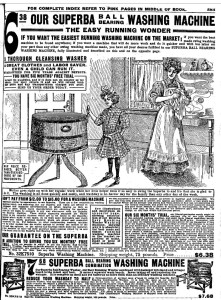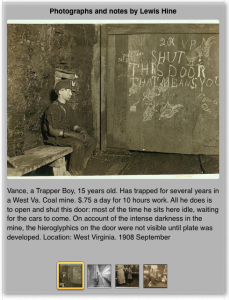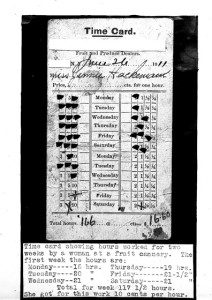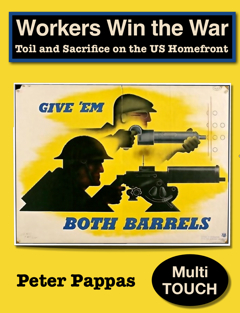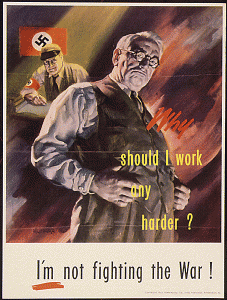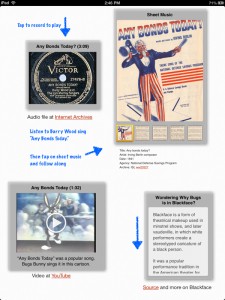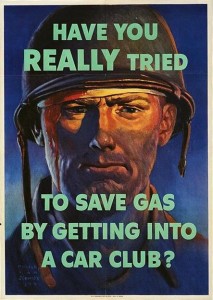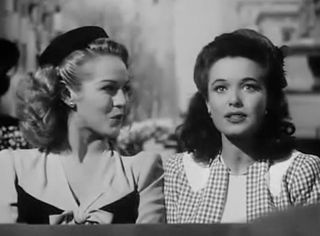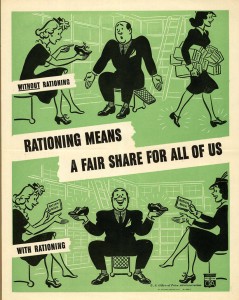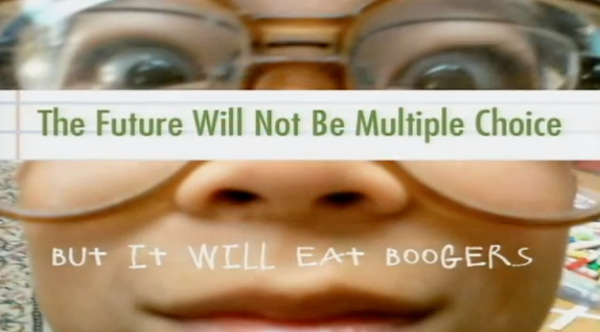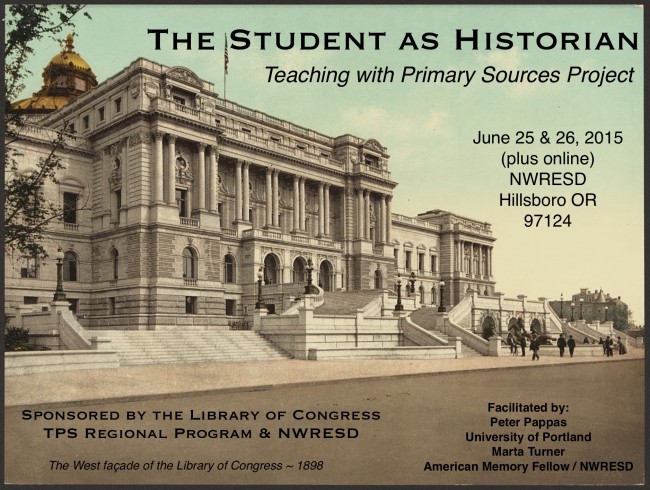 I’m excited to be teaming up with LOC American Memory Fellow, Marta Turner of NWRESD to offer a workshop this summer for 20 Oregon teachers and librarians (grades 4-12). It’s jointly sponsored by the Library of Congress, the TPS Regional Program & NWRESD. Participating teachers will receive $500 stipend at conclusion of the program. We’ll even turn our work into an iBook to be published at iTunes.
I’m excited to be teaming up with LOC American Memory Fellow, Marta Turner of NWRESD to offer a workshop this summer for 20 Oregon teachers and librarians (grades 4-12). It’s jointly sponsored by the Library of Congress, the TPS Regional Program & NWRESD. Participating teachers will receive $500 stipend at conclusion of the program. We’ll even turn our work into an iBook to be published at iTunes.
Register here The deadline is 5 pm May 20, 2015
Notifications will be sent out to participating teachers on May 21st.
The Library of Congress’s “Teaching with Primary Sources Program” offers instructional strategies to support the effective use of primary sources from the Library’s vast digital collections. This workshop will guide 4th -12th grade teachers through the LOC digital collections to blend historical thinking and literacy skills into an engaging student-centered classroom. Participants will receive a $500 stipend at conclusion of the program.
We’ll begin the process with some “flipped” learning – participants will explore the LOC collections in an on-line course via Versal. That way we can devote our on site workshop time to designing lessons. More info and our “flipped” pre-course here. Sessions will be held June 25 & 26 from 8:30 to 4:00 at NWRESD 5825 NE Ray Circle Hillsboro OR 97124 Map
This workshop is limited to 20 Oregon teachers (or librarians). Grade range 4th -12th. Open to public and private school educators.
On-line course and two day workshop will feature how to:
- Utilize the web resources of the LOC / TPS.
- Teach historical thinking skills.
- Integrate CCSS close reading strategies into history instruction.
- Foster critical thinking skills that support the “student as historian.”
- Guided practice in designing lessons utilizing the LOC collection.
- How to use Google tools and other tech resources to teach history in the digital era.
- Collaborative publication of participant-designed lessons in an online collection and an interactive iBook to be published on iTunes.
Participant commitment:
- To maximize workshop interaction, participants will be required to complete a brief preparatory online introduction to the LOC website prior to attending. They will also be asked to develop a preliminary lesson proposals aligned to CCSS ELA literacy standards prior to attending the on site workshop. This preparatory work will commence on June 10th and take an estimated 10 hours to complete. PSU Continuing Education graduate credit is available for this course work.
- Create a CCSS-aligned lesson using primary resources from the Library of Congress to be shared in workshop publications.
- Participate in on-line revision and peer review of lessons (as needed) to insure publication of iBook by September 2015
- Complete a pre/post survey from the Library of Congress
- Share your lesson with your staff or in another media form.
Image credit: Washington. West façade Library of Congress
Library of Congress LC-DIG-ppmsca-18034
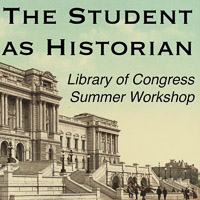

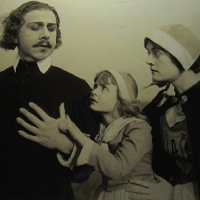
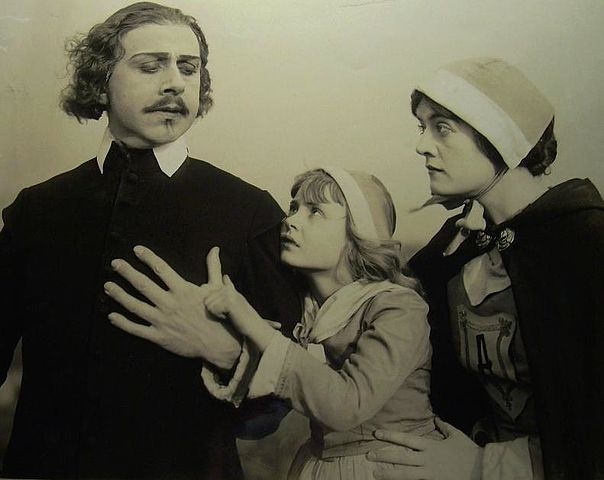 The NY Times Learning Network has just launched a new series of lesson plans called “Text to Text.” It’s a simple approach that pairs two written texts that “speak to each other.” I think it’s a Common Core close reading strategy that could be easily replicated by teachers across the curriculum – great way to blend nonfiction with fiction and incorporate a variety of media with written text.
The NY Times Learning Network has just launched a new series of lesson plans called “Text to Text.” It’s a simple approach that pairs two written texts that “speak to each other.” I think it’s a Common Core close reading strategy that could be easily replicated by teachers across the curriculum – great way to blend nonfiction with fiction and incorporate a variety of media with written text.